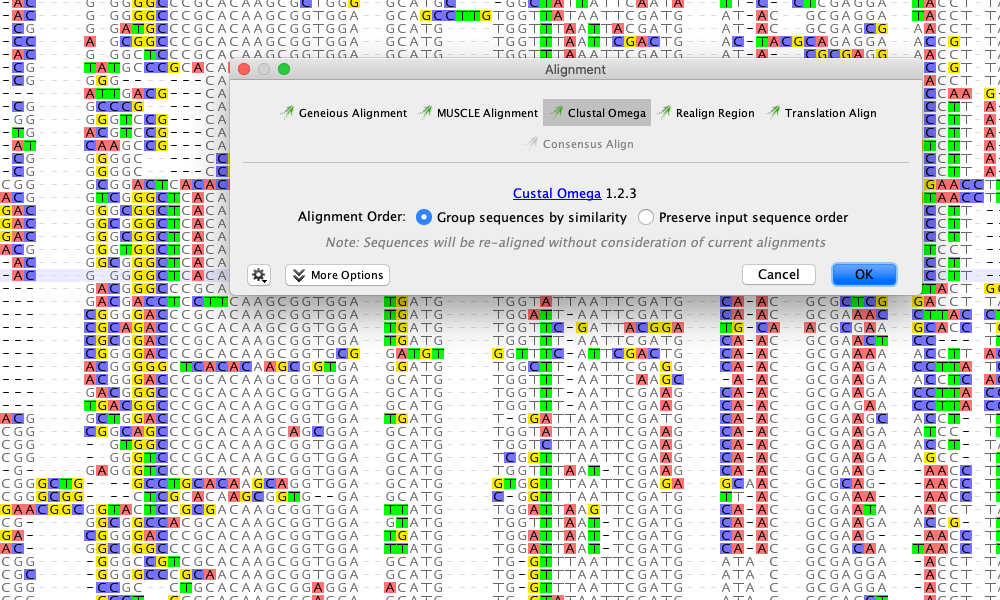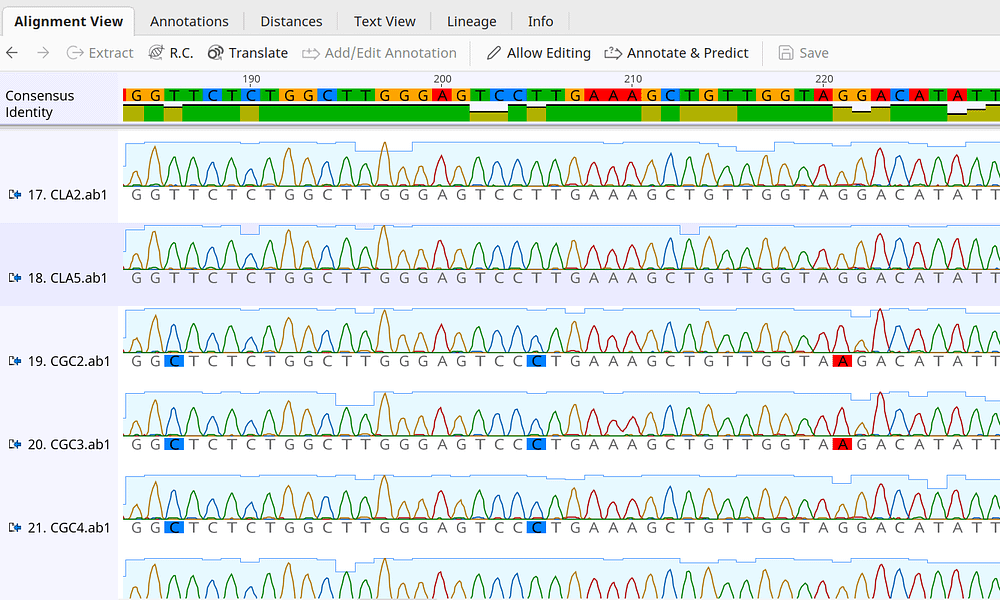

The resulting population of monomers likely exists as at least four roughly equivalent isomeric units that vary in their junctions between SC and IR sequences.

Both the LSC and the SSC undergo inversion as a result of recombination between IR copies in different monomeric units. The current understanding points to predominantly linear and branched molecules comprising covalently linked repeating units, segments of which undergo recombination both within and between units and molecules (Bendich and Smith, 1990 Lilly et al., 2001 Oldenburg and Bendich, 2004, 2015, 2016). Early clues suggested an assemblage of circular molecules each containing one to several copies of the unit genome, a view likely influenced by the endosymbiotic origin of the organelle (Bedbrook and Kolodner, 1979 Herrmann et al., 1975 Kolodner and Tewari, 1972 Sagan, 1967).

The plastomes of photosynthetic angiosperms commonly encode around 80 proteins, 30 tRNAs and four rRNAs, all of which function in the organelle in conjunction with nuclear-encoded proteins imported from the cytosol (Jansen and Ruhlman, 2012 Ruhlman and Jansen, 2021).Īlthough the typical plastome monomer is only around 150 kb in length, the plastome may represent up to 20% of all the DNA found in a photosynthetically active cell due to its highly iterative nature (Bendich, 1987 Rauwolf et al., 2010). Typically, each monomer contains two single copy (SC) regions defined by their length, a large SC (LSC) and a small SC (SSC), separated by a large inverted repeat (IR approximately 25 kb).
#UNIVERSITY OF ARIZONA GENEIOUS PRIME FULL#
The plastid genome (plastome) includes the entire DNA content in all plastid types of an individual and comprises many copies of the unit genome or plastome monomer, defined as one full gene complement, along with intergenic regions. The most widely recognized of these types are the chlorophyll-containing chloroplasts of photosynthetic cells. Plastids uniquely possess pluripotency, that is, they are capable of interconversion between types depending on developmental and environmental cues. The plant cell is endowed with three genetic compartments: the nucleus, the mitochondrion and the plastid. The role of the IR and non-IR repeats in the progression of plastome change is discussed. Although loss of the IR has not been reported in legumes outside of the IRLC, one genistoid taxon was found to completely lack the typical plastome IR. Recombination between direct repeats associated with ycf2 resulted in intraindividual plastome heteroplasmy. A number of IR-related and repeat-mediated changes were identified and examined in a phylogenetic context. In an effort to examine plastome variation across the subfamily, approximately 20% of the sampling represents the IRLC with the remainder selected to represent the early-branching papilionoid clades. In this study three non-papilioniods were included among 34 newly sequenced legume plastomes, along with 33 publicly available sequences, to assess plastome structural evolution in the subfamily. The subfamily Papilionoideae, which contains virtually all of the agricultural legume species, also comprises most of the plastome variation detected thus far in the family. While legume plastomes have been the subject of study for some time, most work has focused on agricultural species in the IR-lacking clade (IRLC) and the plant model Medicago truncatula. During the diversification history of the legume family Fabaceae, plastomes have undergone many rearrangements, including inversions, expansion, contraction and loss of the typical inverted repeat (IR), gene loss and repeat accumulation in both shared and independent events. The plastid genome (plastome), while surprisingly constant in gene order and content across most photosynthetic angiosperms, exhibits variability in several unrelated lineages.


 0 kommentar(er)
0 kommentar(er)
